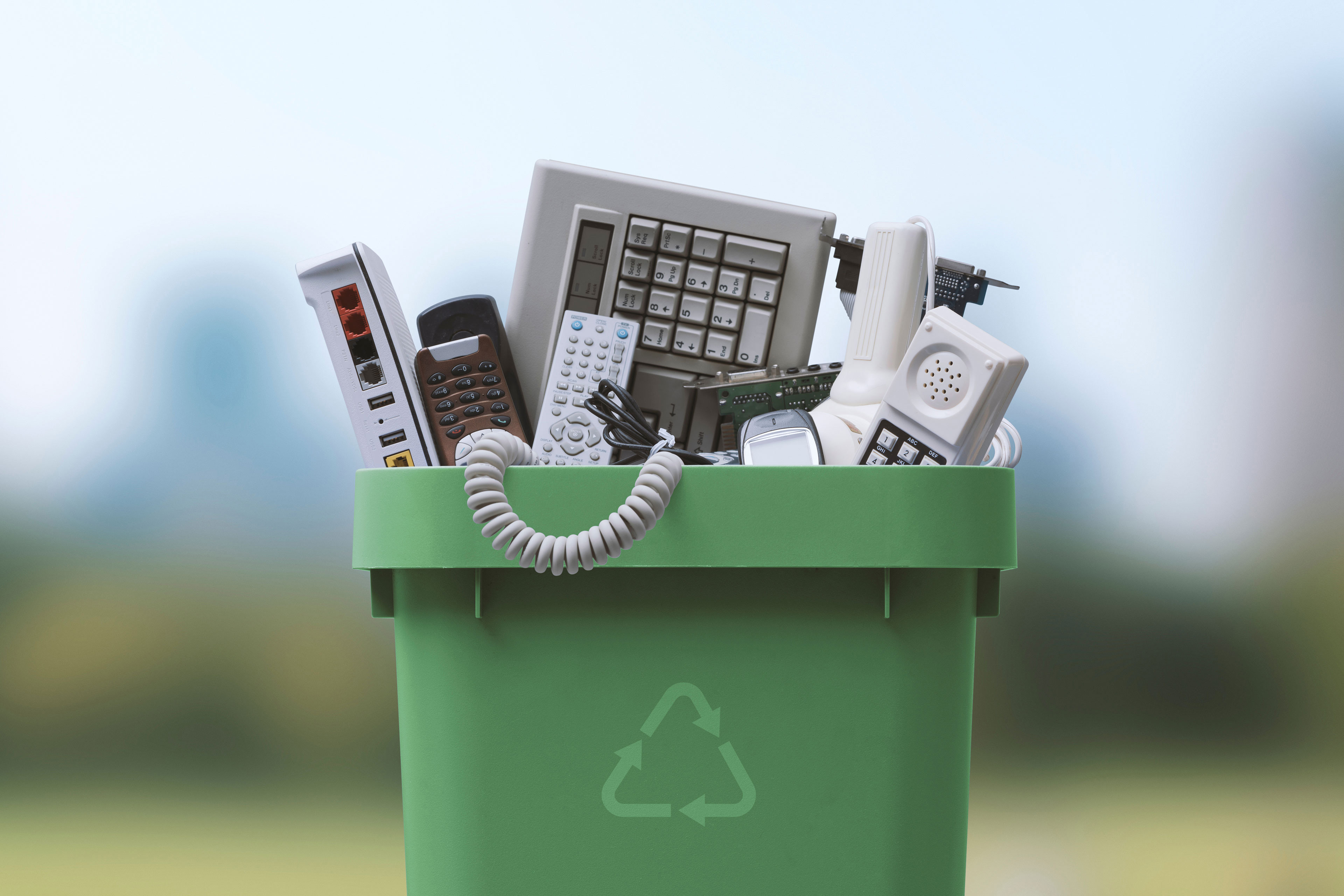EY refers to the global organization, and may refer to one or more, of the member firms of Ernst & Young Global Limited, each of which is a separate legal entity. Ernst & Young Global Limited, a UK company limited by guarantee, does not provide services to clients.
Explore our Offerings
-
EY teams can help address ESG and sustainability issues, investor concerns and improve ESG performance. Find out how.
Read more
The availability of recycled plastic is not meeting the needs for the growing plastic waste problem
By 2030, recycled plastic demand is projected to be between 200% and 300% higher than current levels, increasing competition for recycled plastic.¹ Recycled plastics meet only 6% of the current demand for common resins: polyethylene terephthalate (PET), polyethylene (PE) and polypropylene (PP).² Of the small amount of available recycled plastics, certified recycled plastic makes up an even smaller portion. The availability of certified recycled material inputs for plastic products is an increasing concern for the world’s largest consumer brands and retailers that have set goals to reduce their use of virgin plastic in favor of recycled plastic – with goals set to be reached as early as 2025.
Regulators are joining consumers and retailers in pushing for more circular plastics. State and federal regulators are setting legislation to drive investments in plastics circularity, such as California’s Plastic Pollution Prevention and Packaging Producer Responsibility Act (SB 54)³ and the Canada’s Strategy on Zero Plastic Waste and Action Plan, 2018.⁴ These efforts seek to decrease the production of single-use plastics and implement strategies to increase recycling and the use of post-consumer resin. In March 2022, the European Union (EU) went a step further and proposed an update to the Unfair Commercial Practices Directive requiring companies to eliminate the use of generic and vague environmental claims or displaying sustainability labels without a third-party verification scheme.⁵ Using certified recycled content or having a product certified could be the new legal requirement for newly proposed minimum recycled content legislations, with California’s law requiring producers of certain single-use packaging and plastics to include at least 30% of recycled material in their material beginning in 2028, with the percentage increasing to 65% by 2032.⁶ As recycled polymers usage continues to grow in products, regulators will rely heavily on certifiers to validate recyclability claims, prevent greenwashing and address consumer skepticism regarding recycled content.
Certifications are needed for transparency and credibility, but the current process is complicated
Certifications serve as third-party verification to provide claims for recycled content, proving validity based on predetermined criteria. Depending on the certifier, the process can include assessing a specific product or site including the collection facility, producer and converter. This process functions on both a business to consumer (B2C) and business to business (B2B) model as it creates benefits for the entire value chain and ultimately the final consumer. For example, if a brand is looking to transition to 50% recycled plastic in all product packaging, they would source recycled plastic from a certified producer or converter.
The existing recycled plastics certification landscape in the United States varies largely and includes several different certifiers with varying scopes, chain of custody methods, allocation methods, product claims, sustainability requirements and certification types. The certification process is also resource intensive; certification costs, information gathering, preparing facilities and required upgrades can be cumbersome for small companies. If certification is required for multiple sites or facilities, the undertaking is substantial. Facilities and products are required to be recertified on a multi-year basis, with standards and requirements expected to continue to change, leading to a recurring, long-term cost to remain certified. After including additional fees for certification or additional modifications required to satisfy certification requirements, the cost for the certified recycled plastic may be more expensive than using virgin plastic.⁷






